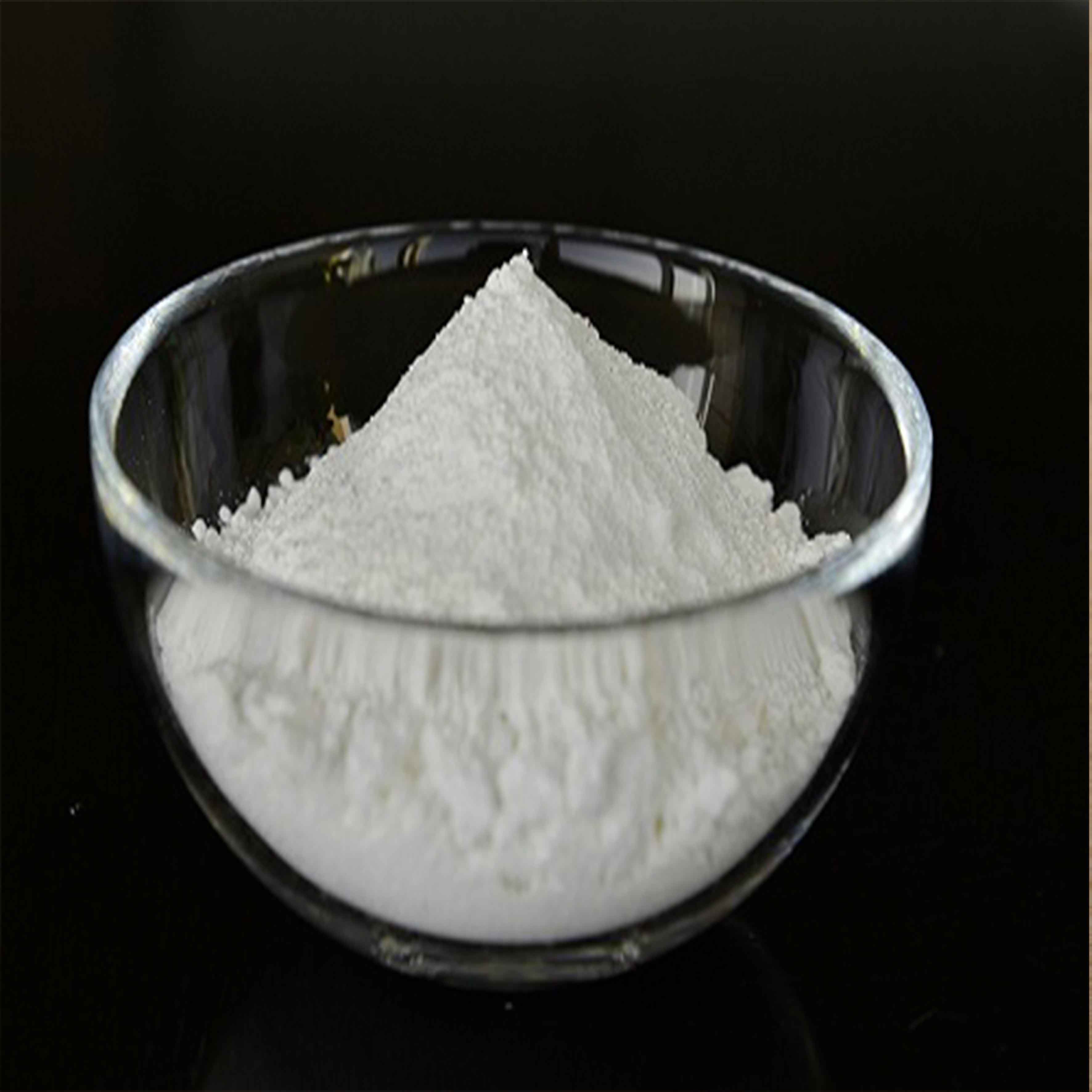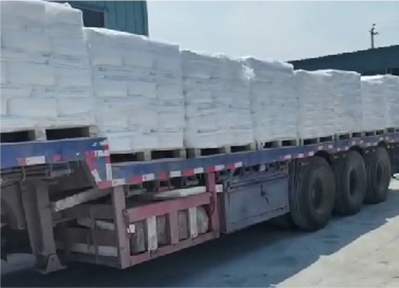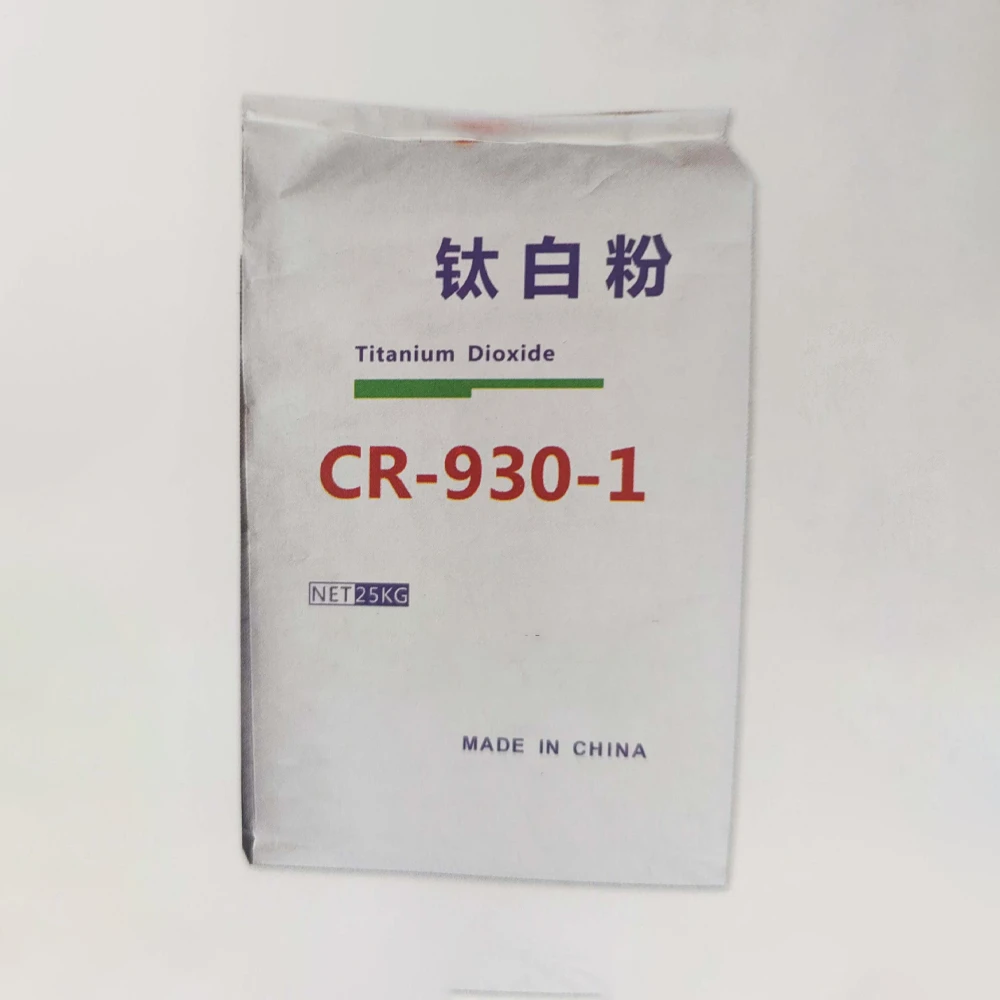
Oct . 24, 2025 10:45 Back to list
Titania TiO2 – High-Opacity Rutile & Anatase Manufacturer
Titanium Dioxide Pigment for Paints and Coatings: Notes from the Lab and the Field
When I first evaluated Titania Tio2 out of Jindi Industrial Park, Dacheng County (Langfang, Hebei), I expected the usual: clean white, decent hiding. What surprised me—actually—was how comfortably it slotted into both economy interior paints and more demanding exterior acrylics without fussy reformulation. Many customers say the gloss “pops” a bit more than they anticipated.

Industry trends (in plain English)
White pigments are having a moment again. Coatings buyers want fewer SKUs, higher opacity at lower PVC, and better UV chalking resistance—without blowing the budget. The short version: rutile-grade Titania Tio2 with modern alumina/silica surface treatment is now the default in architectural and industrial coatings. Price volatility is a thing, but demand for high-tint-strength grades keeps creeping up, especially in waterborne lines.
Technical snapshot
Thanks to its very high refractive index and negligible visible-light absorption, Titania Tio2 delivers the hiding power and clean undertone formulators chase in coatings, inks, and plastics. Real-world use may vary, but here’s the typical envelope I’ve seen:
| Parameter | Typical Value (≈) |
|---|---|
| Crystal form | Rutile, surface-treated (Al2O3/SiO2) |
| TiO2 content | ≥ 94% |
| Median particle size | ~0.25–0.30 μm |
| Oil absorption (g/100 g) | 16–20 |
| L (CIE) | ≥ 96.8 |
| Tinting strength (relative to standard) | ≥ 1900 |
| Residue on 45 μm sieve | ≤ 0.02% |
| pH (aqueous slurry) | 6.5–8.5 |

Process flow, testing, and service life
Materials: high-grade ilmenite/rutile feedstock → sulfate or chloride processing → calcination → micronization → surface treatment (alumina/silica) → finishing and dust control.
Methods and standards: quality lots I’ve audited referenced ISO 591-1 classification, ASTM D476 grade specs, ISO 6504-3 contrast ratio, ISO 2813 gloss, and accelerated weathering per ISO 16474. Whiteness checked via CIE methods (ISO 7724 series).
Service life: in exterior acrylic topcoats, Titania Tio2 typically supports 7–12 years of color retention (binder and film build are decisive). In coil coatings and 2K PU, 10–20 years is plausible; interiors, essentially indefinite for whiteness under normal conditions.
Application scenarios and advantages
- Architectural paints (matte to high-gloss): fast opacity at lower PVC, smooth film.
- Industrial primers/topcoats: good dispersion, stable tinting with organic pastes.
- Inks and masterbatch: clean undertone; stays neutral in color-critical whites.
Feedback I hear a lot: “hides in one fewer coat,” and “less yellowing under warm LEDs,” which, to be honest, is what specifiers want right now.

Vendor landscape (quick compare)
| Vendor Type | Process | Weatherability | Tint Strength | Lead Time | Notes |
|---|---|---|---|---|---|
| Origin: Langfang, Hebei | Sulfate/Chloride blend, treated | High (exterior acrylics) | High (≈1900+) | ≈ 2–4 weeks | Cost-effective; strong QC docs |
| Global tier-1 supplier | Chloride, premium grades | Very high | Very high | ≈ 4–8 weeks | Top consistency; higher price |
| Regional trader mix | Varies | Medium | Medium | ≈ 1–3 weeks | Check batch-to-batch data |
Customization
Options I’ve seen supported: adjusted alumina/silica ratios for gloss vs. dispersion, organic post-treatment for water resistance, tighter PSD for high-gloss enamels, and pH tuning for waterborne lines. SDS, TDS, and COA are provided; REACH and RoHS compliance are typically declared.
Case notes
- Architectural matte: switching to Titania Tio2 cut TiO2 dosage ≈5% with same 98% contrast ratio (ISO 6504-3), one fewer coat on gypsum board.
- 2K PU topcoat: ΔE ≤ 0.8 after 1,000 h QUV (ISO 16474-3 protocol), chalking rate improved vs. control grade.

Certifications and compliance
Supplier documentation typically maps to ISO 9001 quality systems, ISO 591-1 pigment requirements, ASTM D476 classification, and REACH registration. For food-contact or pharma-adjacent uses, always validate local regulations separately.
Authoritative references
- ISO 591-1:2016 Pigments—Titanium dioxide—Part 1: Requirements.
- ASTM D476 Standard Specification for Titanium Dioxide Pigments.
- ISO 6504-3 Paints and varnishes—Determination of hiding power—Part 3.
- ISO 16474 Accelerated weathering for paints and varnishes (QUV/UV).
- ISO 7724 Colorimetry—Measurement of color and color differences.
-
Essential Guide to Calcium Powder Quotes – Pricing, Quality & Global Insights
NewsNov.24,2025
-
Reliable Anatase TiO2 Pigment Quotes for Sustainable Industry Use | CQ Titanium Dioxide
NewsNov.24,2025
-
Understanding Lithopone B311 Powder Quotes – Market Insights & Applications
NewsNov.23,2025
-
Reliable 30-50nm TiO2 Powders Quotes for Advanced Industrial Use | CQTitanium
NewsNov.23,2025
-
Comprehensive Guide on Lithopone Red Pigments Quotes | Industry Insights & Pricing
NewsNov.22,2025
-
Comprehensive Insights into the Lithopone Market: Global Trends & Applications
NewsNov.22,2025
